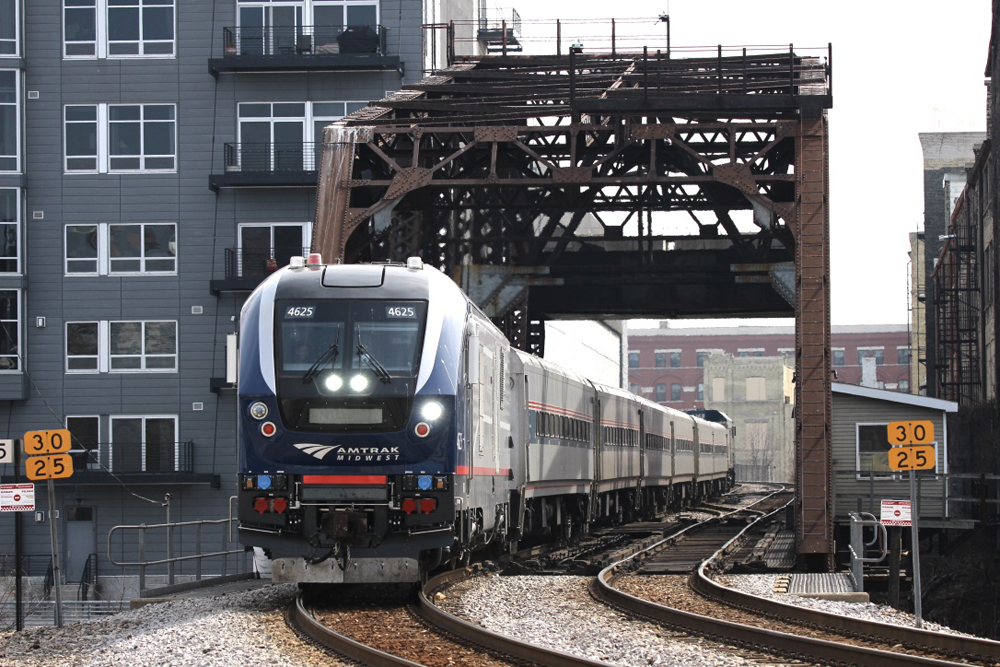
WASHINGTON — Another group of awards were announced today (Monday, Oct. 28) under the Federal Railroad Administration’s Consolidated Rail Infrastructure and Safety Improvements grant program, with the latest group led by more than $72 million for work in the Milwaukee area to reroute freight trains away from the city’s primary passenger station.
The full list of CRISI award winners is slated for release on Tuesday, Oct. 29, but local government officials have the opportunity to announce grants in their area ahead of time. Two previous Trains News Wire reports on grant announcements are available here and here.
The latest awards to be announced include:
— $72.8 million for the Muskego Yard Bypass project in Milwaukee, which will reconfigure rail lines and the yard, creating a two-track main line that will allow freight trains to bypass the downtown Milwaukee Station used by Amtrak trains. The project also includes replacement or rehabilitation of five bridges. It will make help make possible additional frequencies of the Milwaukee-Chicago Hiawatha and potential other Amtrak service. “In many ways, the future of rail in Wisconsin hinges on a successful Muskego Yard bypass project,” Wisconsin Department of Transportation Secretary Kristina Boardman said in a press release from U.S. Sen. Tammy Baldwin. “We’re thrilled to receive this pivotal funding that will significantly reshape our rail infrastructure plans in the coming years.”
— $32.2 million to the R.J. Corman Railroad Group for track rehabilitation on multiple lines in central and western Kentucky. “These enhancements will not only strengthen our ability to serve our customers but will also benefit a range of manufacturing companies and industries in central Kentucky, R.J. Corman Railroad Group CEO Ed Quinn said in a press release from U.S. Sen. Mitch McConnell. “By improving the transportation of key commodities—such as agricultural products, automotive components, and raw materials—this project will bolster the region’s economy, expand market access, and enhance the overall efficiency of our supply chain.”
— $30.6 million for final design and construction to improve track conditions on eight Patriot Rail short lines in the southeast, with a focus on replacing rail, ties, and switches. This was one of four grants announced by U.S. Sen. Roger Wicker of Mississippi; details were not included.
— $18.2 million to the Grenada Railroad for projects including rehabilitation of 27 grade crossings, adding signals, eliminating 600 rail joints, and increasing the capacity of the Canadian National-Granada Railroad interchange in Canton, Miss.
— $7.7 million to create new connections for shippers and improve the safety and performance of the Natchez Railway, the only east-west rail line serving rural southwest Mississippi.
— $6.5 million to the Louisville & Indiana Railroad to repair the Clagg Bridge, which crosses the Ohio River between Louisville, Ky., and Clarksville, Ind. “The Louisville & Indiana Railroad is grateful for this award which will ensure that our 100-year-old lift span bridge over the Ohio River will remain a key component for our country’s economy for the next 100 years,” railroad president John Goldman said in McConnell’s press release.
— $6.4 million to an initiative led by Montana State University to create multidisciplinary workforce capacity, an effort also involving the University of Memphis, the California Department of Transportation, and Big Sky Passenger Rail Authority, as announced by U.S. Rep. Steve Cohen of Tennessee.
— $2.9 million for improvements at the Lowndes County Port in Columbus, Miss., including the efficiency and capacity of existing tenants and operators, and providing rail access to additional port properties to induce the movement of freight from trucks to rail and barge.
— $1.6 million to the Ohio Rail Development Commission to address congestion issues around Queensgate Yard in Cincinnati. “Rail congestion often results in stalled trains that block road crossings and split communities — delaying fire trucks and other first responders, and causing inconveniences for residents,” U.S. Sen. Sherrod Brown said in a press release. “This federal investment is an important step to improving regional rail congestion, but the big railroads need to do much more to prevent blocked crossings in Southwest Ohio.”
— $840,480 to the City of Akron, Ohio, for the installation of crossing gates and other safety-related improvements. Brown said in a press release that the funding “will help prevent accidents between cars and trains that can claim lives.”






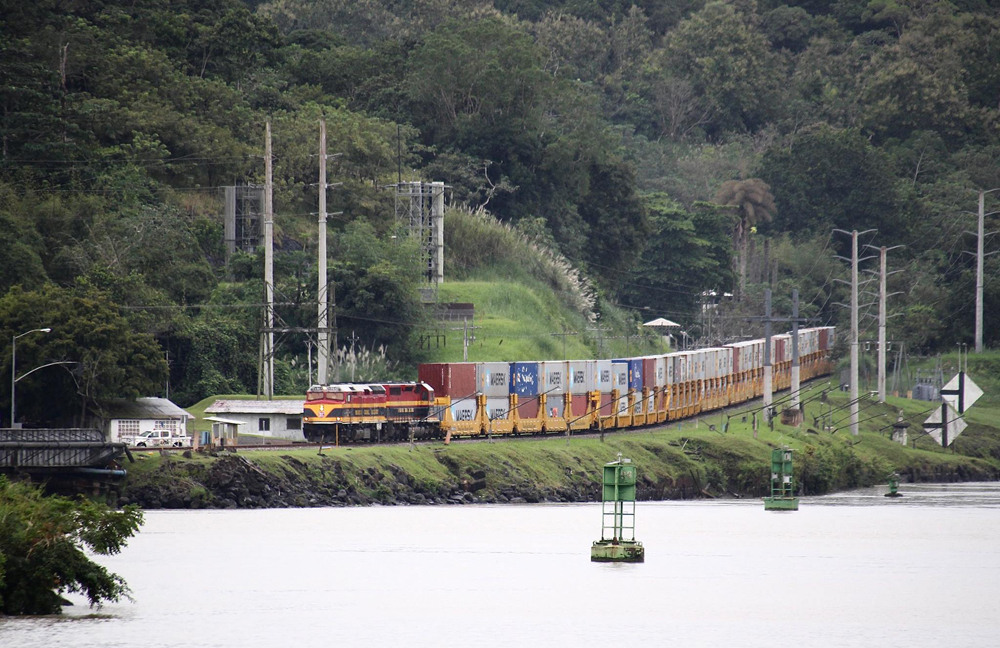
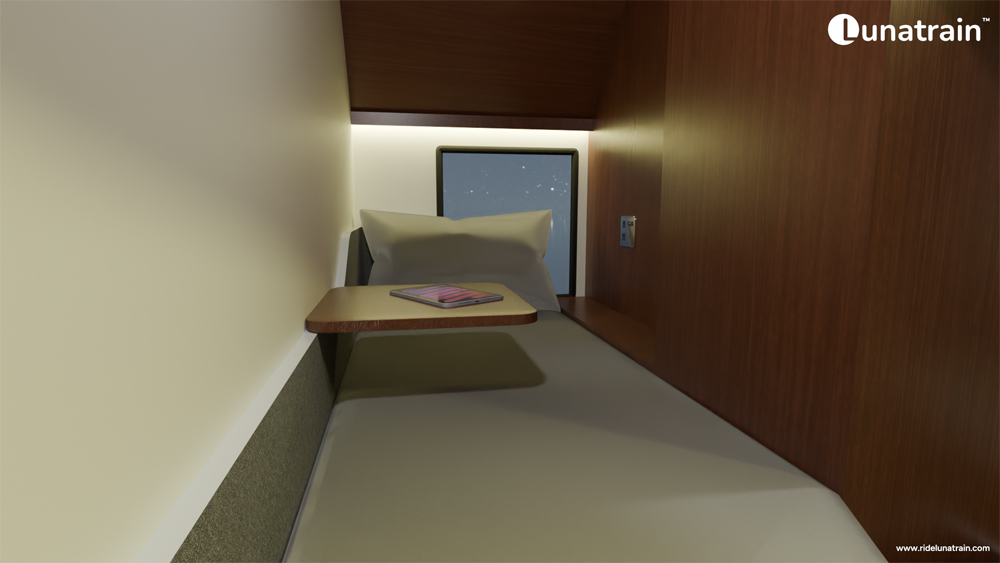
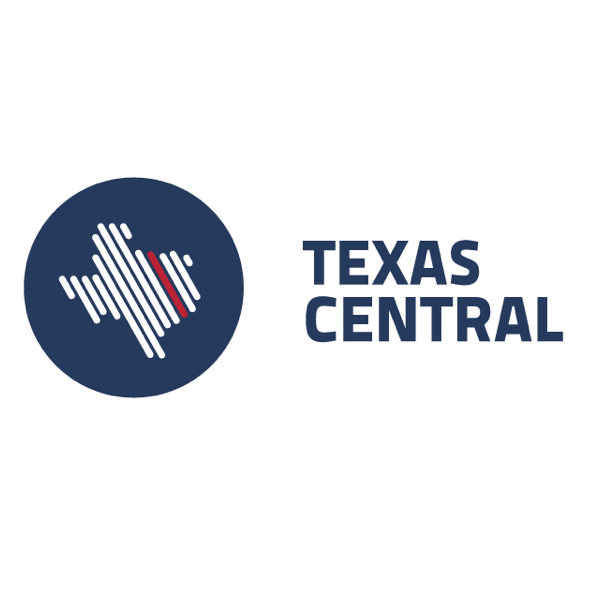
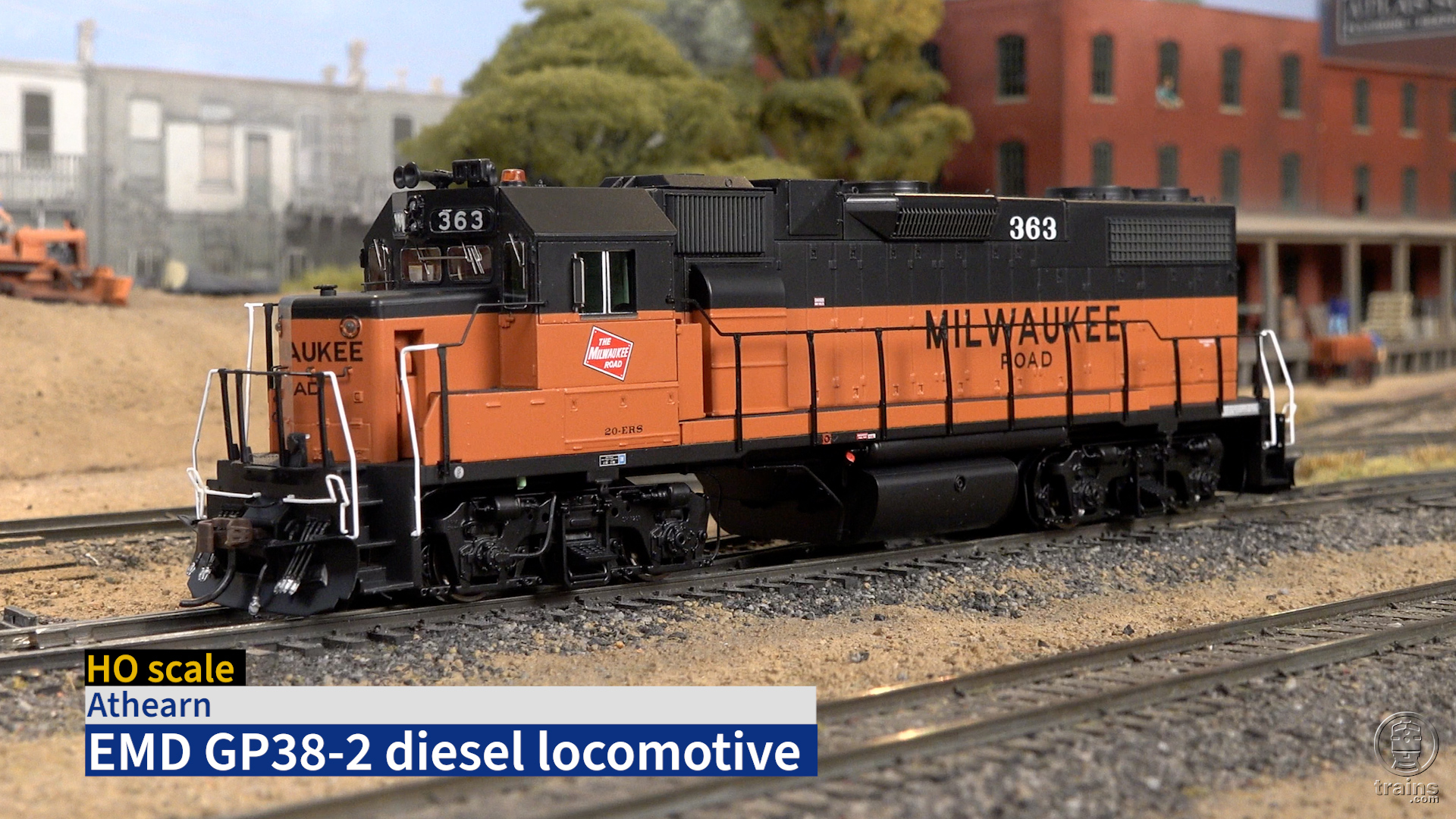




All great projects!
Those with long memories will find the irony in money spent recreating the Milw. Rd’s station by-pass…and those with sharp eyes will see the remnants south of the photo’s location and the probable location of the reconstruction.
CURTIS —- I have neither your long memory, nor your intimate knowledge, of MILW infrastructure, so I rely on your comment (above) on this latest project.
What I can comment on is a very worthy project at Amtrak MKA General Mitchell International Airport, which is on the south side of Milwaukee. The second platform (and its intended skybridge with stairs an elevaors to each side) is under way. This will change CPKC into a double-track railrroad. Now, CPKC is two adjacent single-track railroads (at least during daytime when the Hiawathas run), the WB (compass northbound) track for two-way passenger trains) and the EB track (compass SB) for two-way freight traffic.
Not everyone will agree as to the costs involved over and above Amtrak’s annual operating subsidies. What I hope we can agree on is that improved infrastructure is worthy and good. For those unfamiliar, EVERY station on the Hiawatha route is new or extensively rebuilt: Downtown Milwaukee, Milwaukee Airport, Sturtevant, Glenview, and Chicago. All these statons are gorgeous gems. No Amshacks, no concrete boxes.